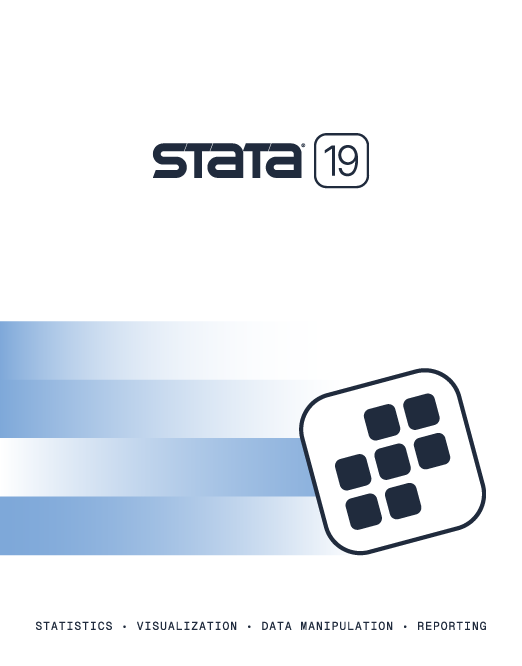
| Title | Comparison of the nested logit and the constrained multinomial models | |
| Author | William Gould and William Sribney, StataCorp | |
| Date | April 1999 |
Consider a choice among {1,2,3} in which you imagine the choice is made
The Nested Logit and Constrained Multinomial models are somewhat related, but clearly different.
r1 = 1
r2 = exp(a2 + X*b2 + Z*c2)
r3 = exp(a3 + X*b3 + Z*c3)
p1 = Pr(W==1) = r1/(r1+r2+r3) = 1/(1+r2+r3)
p2 = Pr(W==2) = r2/(r1+r2+r3) = r2/(1+r2+r3)
p3 = Pr(W==3) = r3/(r1+r2+r3) = r3/(1+r2+r3)
Here we have (arbitrarily) used group 1 as the base group for normalization.
The coefficients to be estimated are a2, b2, c2, a3, b3, and c3.
The Relative Risks (RR) are ratios of the probabilities:
RR(W==1 wrt W==1) = Pr(W==1) / Pr(W==1) = r1 = 1
RR(W==2 wrt W==1) = Pr(W==2) / Pr(W==1) = r2
RR(W==3 wrt W==1) = Pr(W==3) / Pr(W==1) = r3
Relative Risk Ratios are ratios of the Relative Risks (ratios of ratios!). The
Relative Risk Ratio (RRR) for a one-unit change in the corresponding variable,
relative to the (arbitrarily chosen) base group (W==1) is simply the
exponentiated value of a coefficient. For example,
Pr(W==2|age+1) / Pr(W==1|age+1)
------------------------------- = exp(b2)
Pr(W==2|age) / Pr(W==1|age)
or, in words, exp(b2) is the RRR of X (age of car), Ford vs. no new purchase.
Here is the verbal interpretation of all the coefficients:
exp(b2) = RRR of X (age of car), Ford vs. no new purchase
exp(c2) = RRR of Z (wealth), Ford vs. no new purchase
exp(b3) = RRR of X (age of car), Mercedes vs. no new purchase
exp(c3) = RRR of Z (wealth), Mercedes vs. no new purchase
The real trick is learning to think in the Relative Risk metric (meaning
r1, r2, and r3).
We want to constrain variable X — age of current car — so that it's effect is to leave p2/p3 unchanged. X affects the overall risk of buying a car (1-p1) but not which car is purchased. Thus, we want to constrain the change in
p2 r2 exp(a2 + X*b2 + Z*c2)
-- = -- = ---------------------
p3 r3 exp(a3 + X*b3 + Z*c3)
to be 0 for a change in X, meaning b2=b3 (because then X*b2 and X*b3 cancel).
If this is the constraint we want, here's the Stata code to do it. Let's assume the variables are named
W carpur, 1=no car, 2=Ford, 3=Mercedes
X c_c_age
Z wealth
Then the Stata code is
. constraint define 1 [2]c_c_age=[3]c_c_cage
. mlogit carpur c_cage style wealth, base(1) constrain(1)